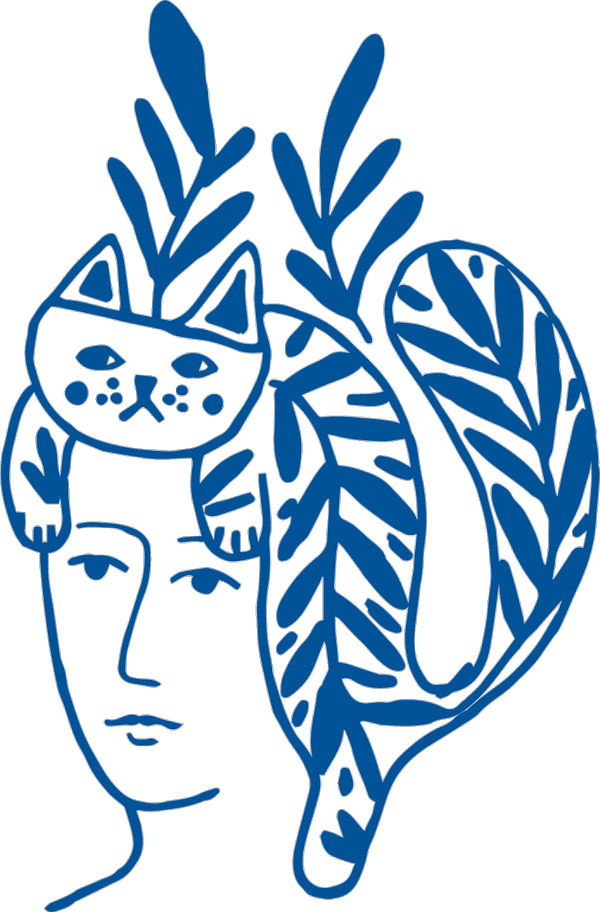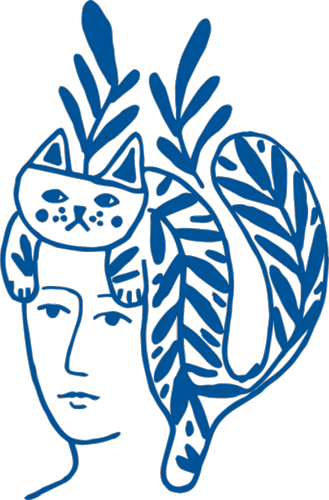What is the difference between Web Design and Web Development?
What’s the difference between web design and web development? It’s an important question to ask if
you are thinking of creating a website, and particularly if you’re planning on hiring someone to
build it for you. Nowadays these terms are virtually interchangeable as web companies, like Campbell
Webworks, may alternate the way they describe their services. However, while web designers and
developers both build websites, in truth, they refer to two entirely unique skill sets.
This article will help you understand how the roles are different, but also how designers and
developers come together to create a functional and beautiful website.

Web Design vs Development in a snapshot
In essence, web design refers to both the aesthetic portion of the website and it’s usability. Web
designers use various design programs (like Adobe) to create the layout and other visual elements of
the website.
Web Developers, on the other hand, take a website design and make a functioning website from
it. They develop the website’s core structure using programming languages like HTML, CSS,
Javascript, PHP to bring designs to life.
Let’s dive a little deeper into each role.
Web Designers
The analogy of building a house is often used when comparing the roles of web designers and
developers. Think of web designers as architects. Just like an architect would create a plan of your
house prior to you building it, similarly, a web designer would model the layout of your website
before a web developer can start developing it.
The process begins with considering their client’s objectives – or what they want from their
website, as well as their budget and brand personality.
After that, they’d typically move onto the Information Architecture (AI) to set the hierarchy
of information on the site. As this guides the design process, once it is complete, they move onto
wireframing, before finally reaching the design stage.
When in the design stage, good web designers build the whole website in design components,
with a layout of all the web pages, icons, typography, and other features.
Web Designers have a challenging job in that they need to integrate the best user experience
possible and create a welcoming environment for the user while achieving their (and their client’s)
design goals.
Skills that Web Designers typically have:
- Using software tools such as Adobe Photoshop or Sketch to build the final layout design of the website
- Skilled in graphic design and logo design
- A feel for user experience. This includes the layout, buttons, images and the general format of the website.
- Up to date with the latest design trends, as typically dictated by big websites.
Some web designers specialise. In this case, they may branch off into User Experience (UX) design, or User Interface (UI) design. More recently, the term ‘Visual Designer’ is also used, and this is typically a merging of UI and UX design skills.
Front-end Developers:
Also called client-side developers, front-end devs typically bridge the gap between designers and
back-end developers because they build things users can see. From the main design layout to
inserting images, applying different types of typography and font families, implementing animations,
the flow of different pages, form interfaces, and more, a front-end developer creates the code
responsible for determining how the website will actually display the designs mocked up by a
designer.
Front-end developers use three main languages; Hypertext Markup Language (HTML), Cascading
Style Sheets (CSS), and JavaScript (JS).
If we think about them as builders, they’d be responsible for the outside of the house, making
sure that the cladding looks good, and the doors function.
Back-end Developers:
The back-end is where the website’s core structure is designed. Back-end developers are experts in
programming and use software languages like Java, SQL, and C#. The work they do is not seen by users
because it involves coding on the web servers and databases, not on the browser, which is what the
user will see.
In essence, their job is to create logical, functional websites. They also spend a lot of time
testing and fixing bugs. As builders, they’d lay the foundation, piping, and bricks.

The Unicorns, or Full-stack Developers:
A full-stack developer works across different layers – or stacks – including both the front and back
end. They are the full package when it comes to web development because they are proficient, if not
experts, in all areas. This means that they should be able to build a website from scratch, from
looking at a design and creating the mark-up of the design, to handling back-end processes, and
database queries.
Opinions vary on whether it’s ideal to be a full-stack developer. It’s already hard to become
an expert or a professional in just one of the languages. It’s also hard to learn all the best
techniques and strategies on how to be most efficient as a designer or a developer, and programming
languages are always changing!
While the full-stack dev is ideal for smaller projects, the real value of developers who
design and designers who develop are their ability to speak each other’s languages. This leads not
only to better communication on the team and a smoother workflow, it means you, as the client, will
land up with the best solution possible.
Who do you hire?
If you’re starting from scratch, it’s ideal to go with an all-in-one web design and development
team, like Campbell Webworks. Splitting your project between different hires can lead to
miscommunication, and disjointed timelines and results.
If you’re looking for something light and easy to control yourself, you can also consider CMS
platforms like WordPress. Going this route would mean that much of the functionality of your website
will be the same or similar to many other websites on the internet. This is not necessarily a bad
thing, and WordPress developers can help you to customize the look, feel, and function of your site
while giving you the autonomy to control and upload or update the content yourself.
Ready to begin?
If you’ve got a website-related project in mind, we’d love to help. Our team of web designers and developers, as well as graphic designers, are here to make your business’ digital dreams a reality.



